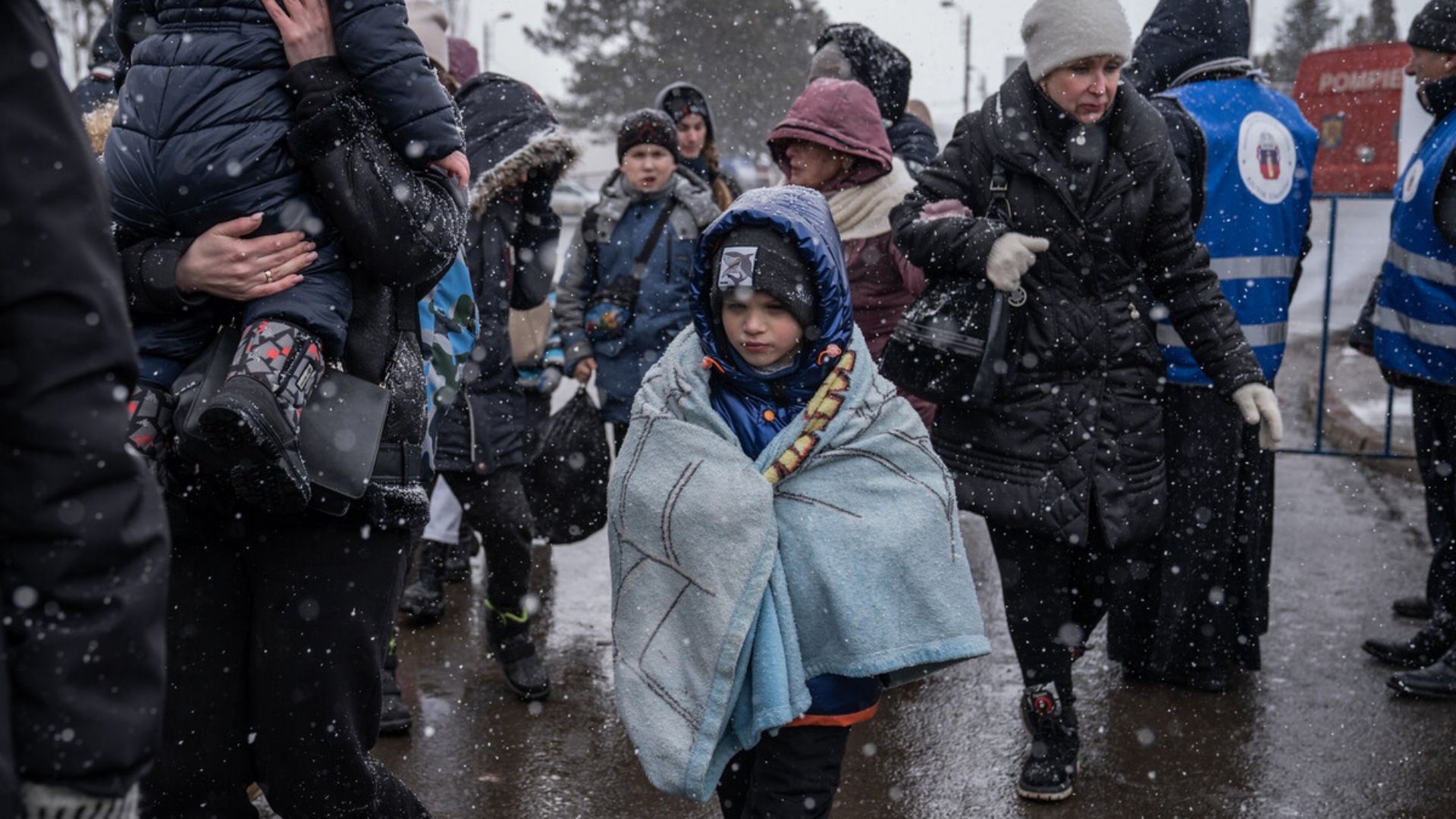Humanitarian emergencies often drive the institutionalisation of children. Will lessons from Ukraine help disaster preparation and care reform work together to keep children safe?
The current news cycle is overwhelming. Over the past 20 months, we’ve witnessed a humanitarian crisis in Ukraine that shows no sign of abating. Millions of children are suffering the consequences of war. Yemen faces a famine, with unprecedented levels of hunger and one of the highest rates of child malnutrition in the world. In Syria and Turkey, earthquakes have killed over 55,000. Millions more have lost their homes.
Then, shocking scenes from Israel, Gaza and the West Bank have horrified people around the world.
“The killing and maiming of children, abduction of children, attacks on hospitals and schools, and the denial of humanitarian access constitute grave violations of children’s rights”
Adele Khodr, UNICEF Regional Director for the Middle East and North Africa, referencing the situation in the Gaza Strip specifically as “a growing stain on our collective conscience.”
We’ve added our voice to the global community’s calling for an urgent ceasefire by all parties in the conflict in Israel and the Occupied Palestinian Territories, and an immediate and unconditional release of Israeli children taken hostage by Hamas
And now an earthquake in Nepal, where our teams are working with local authorities to support crisis response with food, tents, clothes, blankets, and counselling services to calm their fears and give them hope.
Winter Appeal We need your help
By giving to Winter Appeal you can help protect children and families suffering after the Nepal Earthquake and across our programmes
We can’t work everywhere that’s currently facing a humanitarian crisis. But we do work globally through our advocacy for a better world for all children – free from the harm and safe from the fear they experience daily in orphanages. As part of this, we fight to implement our learning about how emergency preparedness and response should work hand in hand with care reform to keep the most vulnerable children safe.
Emergency Response – what we’ve learned
Thankfully, humanitarian actors are on the ground now, responding as fast as possible to these emergencies. But some disasters are predictable, and to build a truly fair world, we all need to prepare for them. We’ve learned here that disasters and emergencies always hit children particularly hard, and that children deprived of family support and care are especially vulnerable.
Whether it’s because they’re living in orphanages, or have become separated from their families, for example as refugees in the fog of war, without trusted, loving carers to protect and comfort them, unaccompanied children are at greatest risk of physical violence and abuse, psychological trauma, exploitation, and trafficking.
1. Prioritise the most vulnerable
All agencies working to respond to war and natural disasters must prioritise children without families. They’ll need trusted adults to navigate their trauma. They’ll need practical help as they flee their homes and countries in fear for their lives.
2. Build focus on children without families into emergency preparation
Our work in Ukraine has shown us that the needs of children deprived of family care all too often are overlooked in emergencies, while the harm and trauma they suffer is irreversible.
As an international community of responders, we must account for their well-being and whereabouts, reunite them with their families when possible, or welcome them into supporting family environments urgently. And we must be ready with robust emergency preparedness mechanisms, explicitly designed to direct attention to children in alternative care, to limit as far as possible the harm to these children.
3. Don’t rely on orphanages as temporary response
In a crisis, for unaccompanied children and particularly children on the move, orphanages are often seen as a ‘temporary’ solution. While well-intended, they become a long-term, established part of the care system. This locks up resources in buildings, rather than being directed towards keeping families and children together.
4. Prevention is the best cure
Ultimately, the most important thing that we’ve learned is that prevention of family separation and the strengthening of families and communities is the single most effective way of protecting children from experiencing emergency situations alone. We work directly with families and communities, and we continue to advocate for them globally, to ensure access to services in the community, and ensure that families have the financial and psychosocial support they need to keep their children at home. We continue this work so that one day, no child will have to face the horrors of war and disaster without the care of a trusted adult to support, guide and protect them.
Read our full recommendations on disaster resilience and child-centred response
